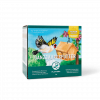

Table of contents
- Annual basic fertilization
- Instructions for annual basic fertilization
- mulching
- Fertilize in the fall
- heavy feeder
- shade perennials
- Fertilize after replacement cut
- improve sandy soil
- New perennial bed
Many hobby gardeners plant their gardens with magnificent perennials, which sprout every year in spring. This process represents an enormous effort for the plants, for which they need additional nutrients. The majority of perennials are satisfied with annual fertilization, but under certain conditions it is advisable to supply the plants with additional nutrients.
Annual basic fertilization
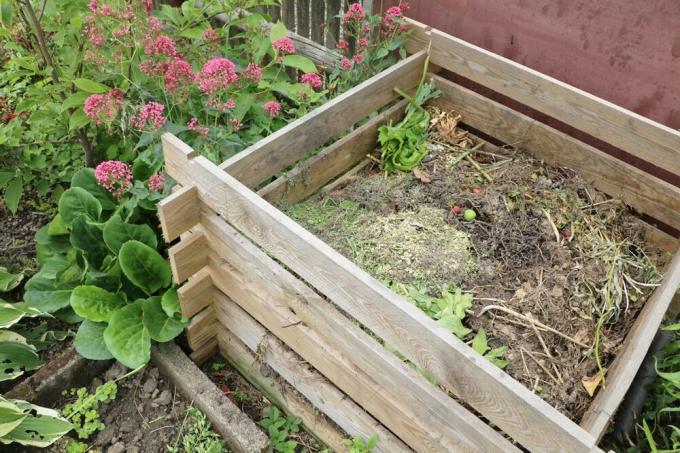
The annual basic fertilization usually takes place in spring, usually at the beginning of March. The best time is after the plants have been cut back and the bed has been weeded. Organic fertilizers are particularly recommended for fertilizing the perennials, which act over a long period of time and stimulate the nutrient release of the soil. The following fertilizers are therefore recommended for annual basic fertilization:
- compost
- horn shavings
- blood meal
- bone meal
- animal dung
The use of mineral fertilizers for the annual basic fertilization is less recommended, because these make the plants grow too quickly. Due to the rapid growth, the perennials could become unstable and even break. In addition, the water requirement of the plants increases enormously, which is why they have to be watered much more frequently.
Instructions for annual basic fertilization
The ideal time for basic fertilization is before the plants sprout again in early spring. In addition to the right fertilizer, all you need is a cultivator or a digging fork. Before the plants are fertilized, it is necessary to completely remove any weeds. The best way to remove weeds is through careful weeding. However, the use of equipment should be avoided here, as the shallow roots could be damaged. The basic fertilization is then carried out as follows:
- Loosen the surface of the soil
- a cultivator or a digging fork is suitable for this
- under no circumstances loosen the soil deeply
- for many perennials have shallow roots
- then incorporate the long-term fertilizer
- follow the instructions on the packaging!
- as a rule, the fertilizer is distributed among the perennials
- and lightly raked into the ground
- Finally, water the soil well
mulching
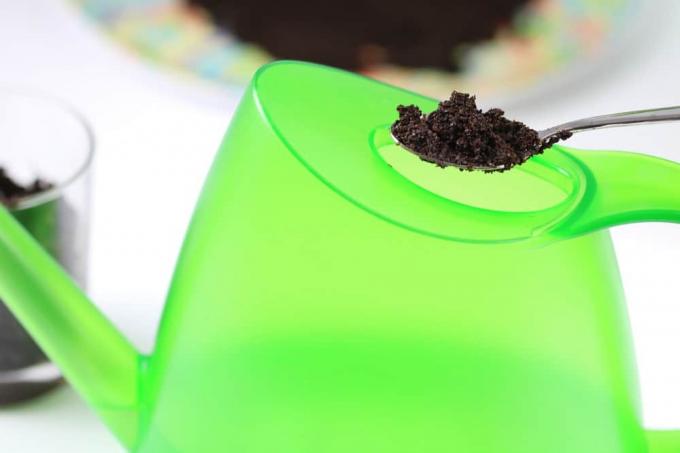
Mulching rounds off the annual basic fertilization, because all perennials and shrubs usually benefit from a proper mulch layer. Mulching offers numerous advantages for the plants: the soil stays moist longer and the growth of new weeds is partially prevented. In addition, the mulch layer protects the soil surface from excessive heating in particularly sunny periods and at the same time prevents it from silting up and being washed away. In addition, mulch offers an optimal nutrient cover for numerous soil organisms, such as earthworms, which also have a positive effect on the plants. The following materials are suitable as mulch material:
- compost
- lawn clippings
- leaves
- green waste
- coffee grounds
- gravel or grit
Tip:
Especially when planting new trees, it is advisable not to use bark mulch. Because this has a slightly herbicidal effect, which can damage the perennials or, in the worst case, even kill them.
Fertilize in the fall

Additional fertilization in autumn is particularly recommended for evergreen and evergreen perennials. In order to prepare them optimally for the cold winter months, they should be in August or September. September be fertilized with a potassium-rich special fertilizer. This stimulates the metabolism of the perennials, making them better able to withstand the coming frost. In addition, the leaves do not turn brown so quickly in the cold season and decorate the garden with their green splendor even in winter. The following perennials, among others, benefit from additional fertilization in autumn:
- Bergenia (Bergenia)
- Candytuft (Iberis)
- Houseleek (Sempervivum)
heavy feeder
While most perennials do not have high nutritional requirements, there are some exceptions. Because even among the perennials there are so-called heavy feeders, which require a higher supply of nutrients for their growth than their peers. These usually include highly cultivated perennials and flowering bedding perennials. These originally come from the North American prairies and are therefore used to nutrient-rich loess soils. However, the list of heavy-duty perennials is relatively clear:
- Larkspur (Delphinium)
- Flame Flowers (Phlox)
- Coneflower (Echinacea)
- Sunbride (Helenium)
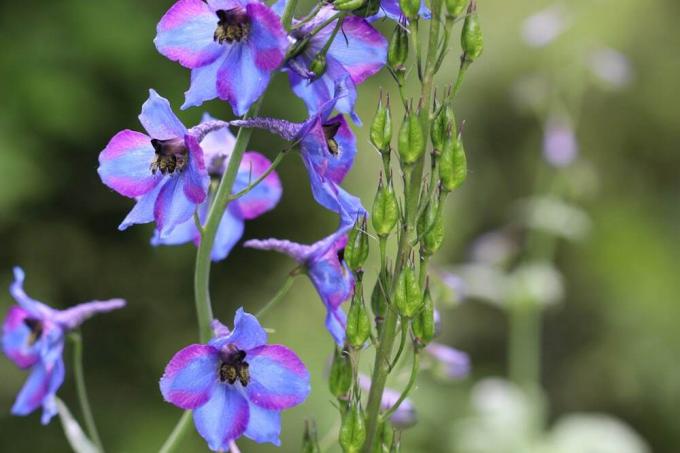
The heavily consuming perennials should be fertilized again in early summer in addition to the basic fertilization in spring. Nettle manure, which is given to the perennials undiluted and in a ratio of 1:10, is particularly suitable for this. In addition, the home remedy can be produced relatively easily:
- Fill 10 liter bucket with cut nettles
- Fill the bucket with water up to the brim
- ideally, rainwater is used for this
- Put the bucket in a sunny spot
- stir once a day
- Leave to ferment for 1 to 2 weeks
- when no more bubbles rise, the liquid manure is ready
shade perennials
Shade perennials usually do not have high nutrient requirements. However, these also benefit from a continuous supply of nutrients. Deciduous humus, which is applied in spring, is particularly suitable for this. Although this is not very rich in nutrients, it acts as a fertilizer for the shade perennials and at the same time stimulates root formation. In order to supply the shade perennials with the nutrients, the following procedure has proven itself:
- about 3 liters of decomposed autumn leaves per square meter of bed area
- distribute the autumn leaves between the plants
Fertilize after replacement cut
Some perennial species, such as steppe sage and delphinium, bloom a second time by late summer. These perennials are usually cut back to a few inches above the ground after the main bloom. The replanting plants need a lot of energy to flower again, which is why additional fertilization makes sense. A mineral fertilizer such as blue grain is particularly suitable for this. Because this not only contains all the important nutrients, but can also be immediately absorbed by the perennials. When administering the fertilizer, the following must be observed:
- Dose fertilizer sparingly
- about 1 heaped teaspoon per perennial is sufficient
- then water the plant well
- this dissolves the fertilizer
- and the plant can absorb the nutrients faster
improve sandy soil
Whether fertilizing makes sense also depends on the type and condition of the soil. In many German gardens there are often light and gritty sandy soils. Due to their nature, these wash out the nutrients quickly and store them accordingly poorly. It is therefore worth enriching the sandy soil with compost and horn shavings. This significantly improves the soil quality, because the compost supplies the soil with nutrients and stimulates soil animals and microorganisms. It also improves the water and nutrient retention in the soil. When improving the soil with compost, the following must be observed:
- sprinkle the soil with compost every spring
- about 2-3 liters of mature compost per square meter
- ideally, horn shavings are mixed in
- a handful of horn shavings is sufficient
New perennial bed

Anyone who creates a new perennial bed often faces the problem that unwelcome weeds quickly settle on the bare soil. Although this can be kept in check by regular weeding, this results in a high level of maintenance in the first few years. As a rule, weed growth only slows down when the perennials cover the bare earth. So that a closed plant cover forms quickly, it is therefore advisable to enrich the freshly created perennial bed with humus or compost. This also has the advantage that less fertilizer has to be used in the coming years. In order to optimally prepare the new perennial bed, it is best to proceed as follows:
- Use humus, horn meal or compost
- pour a planting shovel of ripe compost into the planting hole
- up to 40 liters per square meter
- in the top 10 cm of the floor
- alternatively, an organic perennial fertilizer is also suitable
Tip:
Many retailers now also offer a special soil for perennials. This has the advantage that it already contains all the important nutrients and therefore it is not necessary to improve the soil with compost or humus.
 garden editorial
garden editorial I write about everything that interests me in my garden.
Learn more about fertilizing
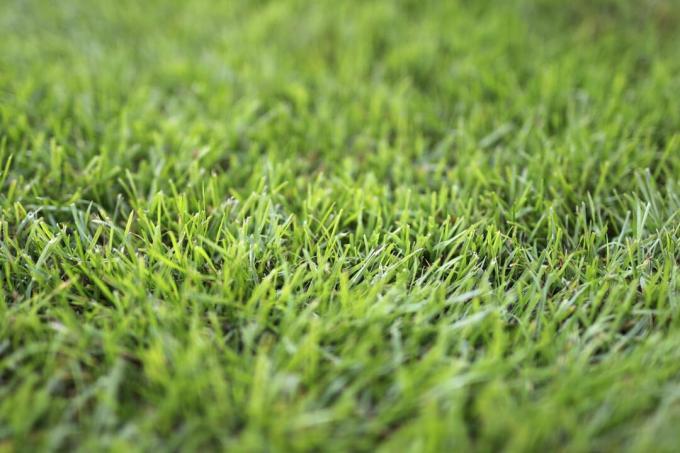
Make effective nitrogen fertilizers yourself lawn fertilizer
In order to develop optimally, plants need sufficient nutrients. For example, nitrogen, one of the main nutrients, is indispensable. If this is not present in sufficient quantities in the soil, satisfactory growth cannot take place. As a result, it must be delivered.
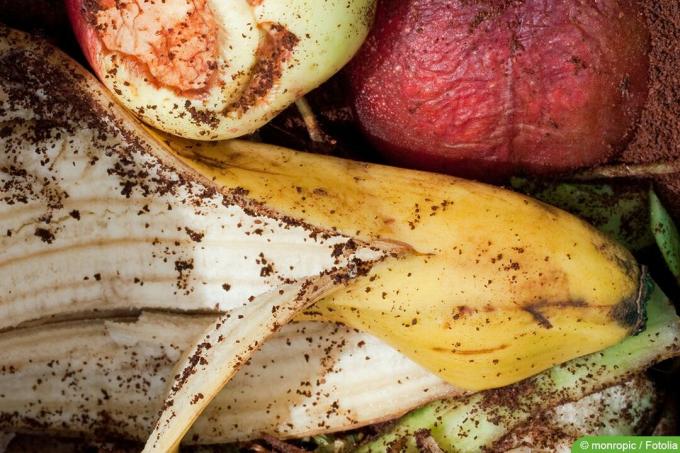
Dried banana peel as fertilizer | Application tips
Bananas are popular and healthy. The banana peel usually ends up in the trash. But it is far too good for that, because the dried shells are an excellent fertilizer for a variety of garden plants.

Horn meal: with fertilizer against clover in the lawn | 7 tips
In the lawn, clover is usually undesirable. With too little fertilization, however, it spreads quickly. Horn meal can help as a biological fertilizer. See this article for tips on how to use it.

Unusual Fertilizers | 13 home remedies that can do more
Much of what accumulates in the household and usually ends up in the organic waste bin can be used to fertilize garden and/or indoor plants. They offer an ecological alternative to mineral fertilizers and score with environmental compatibility and sustainability.
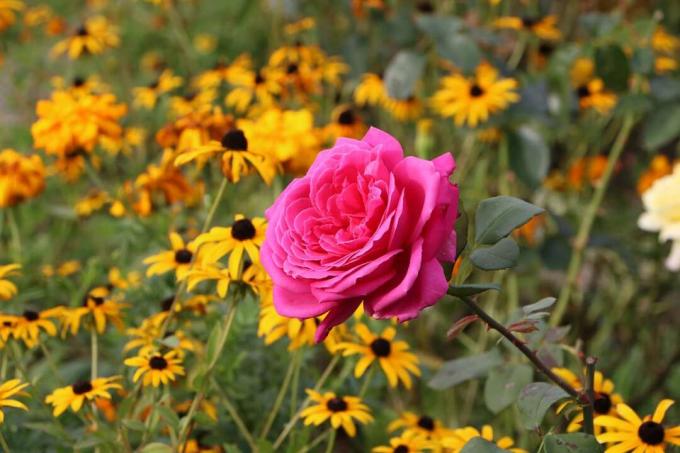
Fertilizer for roses: 15 home remedies for fertilizing roses
In addition to rose fertilizer, numerous home remedies are also suitable as nutrient suppliers for roses. We present the most popular ones in this article!

Fertilize properly | What good is low-nitrogen fertilizer?
No plant can survive without nutrients. Only with optimal and needs-based care can they develop magnificently, bloom lavishly and bring rich harvests. As a result, fertilizer plays an important role in care, provided the ingredients and dosage are right.

